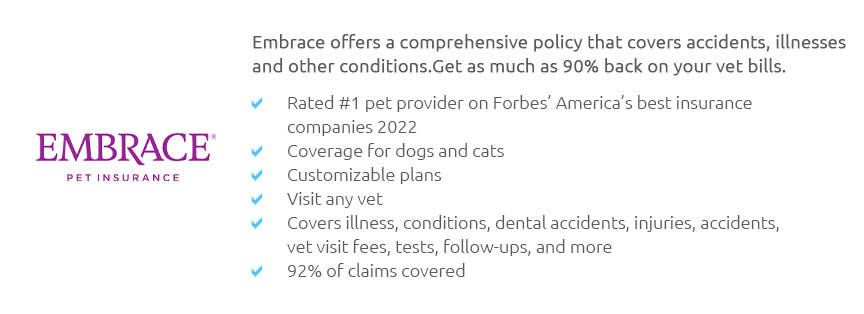 |
 |
 |
 |
 |
 |
|
 |
|
 |
|
 |
|
 |
|
 |
 |
 |
 |
 |
 |
 |
 |
Understanding Pet Insurance Orthopedic CoverageIn recent years, the world of pet care has evolved dramatically, with pet insurance becoming a staple for responsible pet owners. Among the various types of coverage available, orthopedic coverage is one of the most crucial yet often misunderstood aspects. This article aims to provide a comprehensive understanding of orthopedic coverage in pet insurance, shedding light on what it entails, why it's important, and how it can benefit both pets and their owners. Orthopedic conditions in pets, particularly in dogs and cats, can range from congenital issues to injuries sustained during their playful antics. These conditions often require extensive and costly treatment, including surgeries and rehabilitation. This is where orthopedic coverage comes into play, offering financial relief and ensuring pets receive the necessary care without burdening their owners with exorbitant costs. Orthopedic coverage typically includes treatments for conditions such as hip dysplasia, cruciate ligament tears, and arthritis. While these terms might sound daunting, understanding them is crucial for any pet owner considering insurance. Hip dysplasia, for instance, is a common condition in larger dog breeds where the hip joint doesn't fit into the hip socket properly, leading to arthritis and pain. Cruciate ligament tears are akin to the ACL injuries seen in humans and often require surgical intervention. Arthritis, on the other hand, affects many older pets and requires ongoing management to ensure a good quality of life. When selecting a pet insurance policy with orthopedic coverage, it's essential to pay attention to certain factors. Waiting periods are crucial; many policies have a waiting period before coverage kicks in for orthopedic issues, often ranging from six months to a year. This means early enrollment is beneficial, especially for breeds prone to such conditions. Additionally, understanding exclusions and limitations is vital. Some policies might not cover pre-existing conditions or certain breed-specific issues, which could impact the effectiveness of the coverage. Moreover, the cost of orthopedic coverage can vary significantly based on factors like the pet's age, breed, and overall health. It's advisable to compare different insurance providers, scrutinizing their terms to ensure the best possible coverage at a reasonable price. While some might perceive pet insurance as an unnecessary expense, it is, in reality, a proactive step towards safeguarding a pet's health and well-being. In conclusion, orthopedic coverage in pet insurance is a valuable asset for pet owners, providing peace of mind and financial protection against the high costs associated with treating orthopedic conditions. By understanding the intricacies of such coverage, pet owners can make informed decisions that prioritize their pets' health and longevity. FAQsWhat is covered under pet insurance orthopedic coverage? Orthopedic coverage typically includes treatments for conditions like hip dysplasia, cruciate ligament tears, arthritis, and sometimes other joint-related issues. Are there any waiting periods for orthopedic coverage? Yes, most pet insurance policies have a waiting period for orthopedic conditions, often ranging from six months to a year. Does orthopedic coverage include pre-existing conditions? Generally, pre-existing conditions are not covered under orthopedic coverage in pet insurance policies. How does the cost of orthopedic coverage vary? The cost can vary based on the pet's age, breed, and health, and it's important to compare policies to find the best deal. Why is orthopedic coverage important for pets? Orthopedic coverage is crucial because it provides financial protection against the high costs of treating joint and bone conditions, ensuring pets receive the necessary care. https://www.metlifepetinsurance.com/blog/pet-insurance/orthopedic-conditions/
MetLife Pet Insurance Can Help Cover Costs Associated With Orthopedic Problems in Dogs ... Depending on the details of your policy, if your dog is ... https://www.embracepetinsurance.com/help/article/what-is-the-waiting-period-for-orthopedic-conditions
Embrace offers personalized, affordable pet insurance for dogs & cats with up to 90% back at any vet. Add a wellness plan for total protection. https://www.petinsurancequotes.com/pet-insurance/orthopedic-condition/
Even better news is that orthopedic conditions are covered by pet insurance, so if your beloved dog or cat needs a hip replacement or back surgery, you'll be ...
|